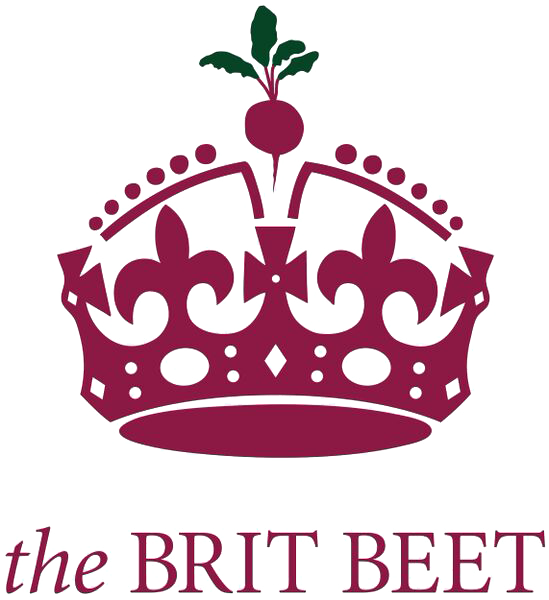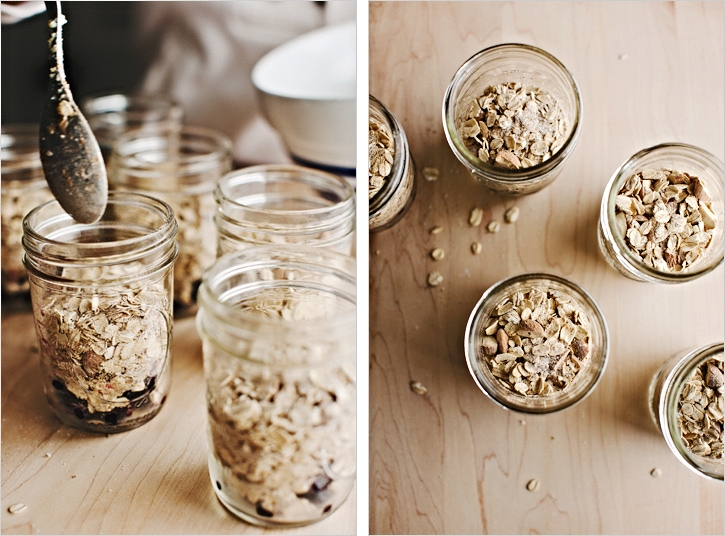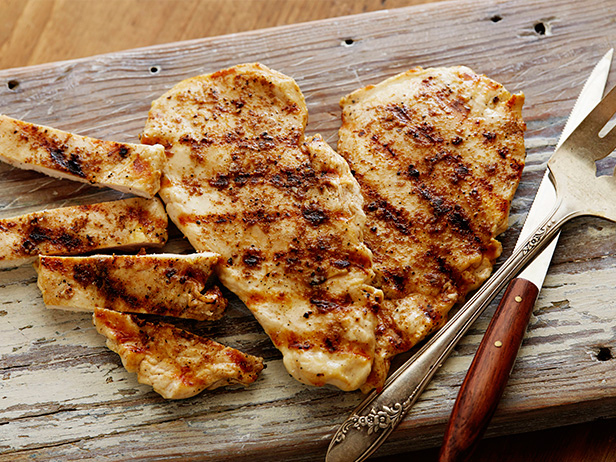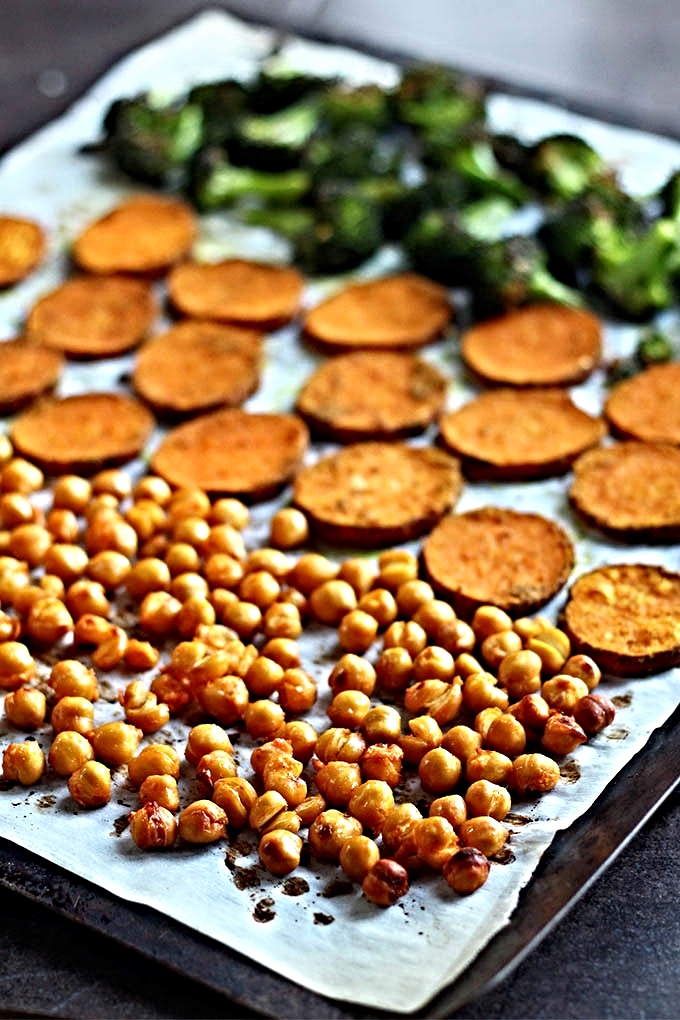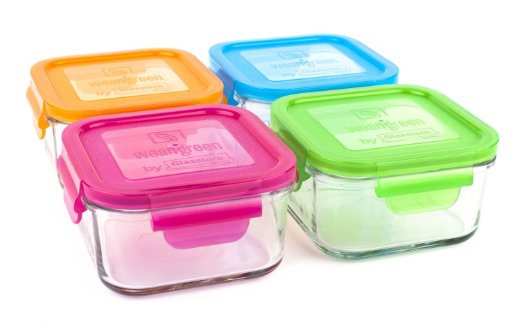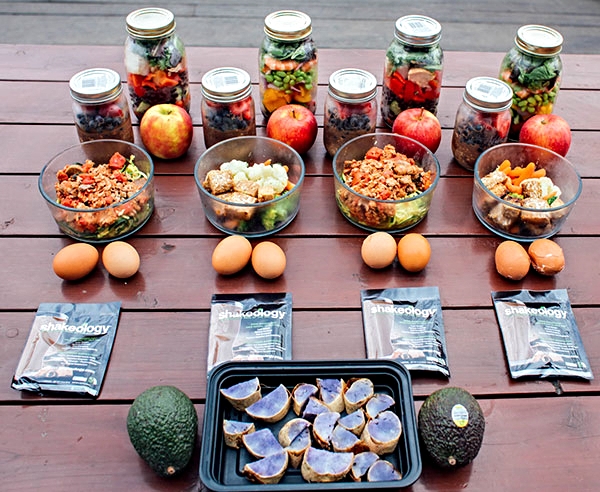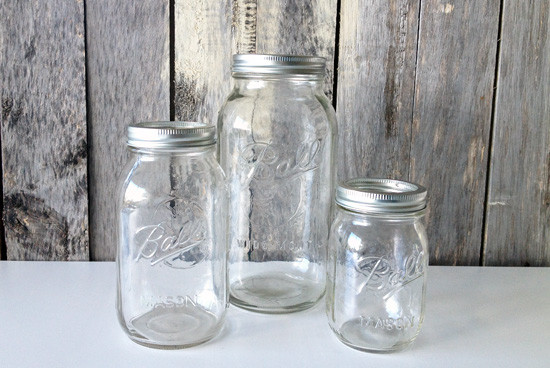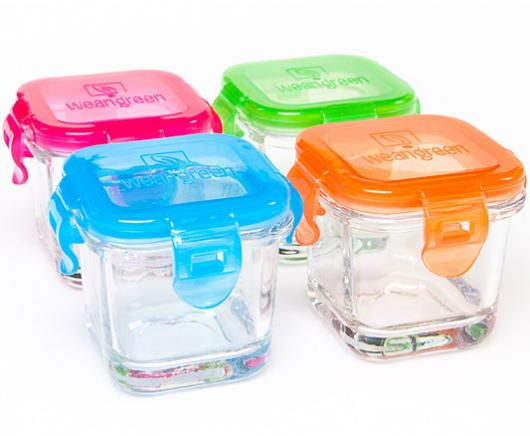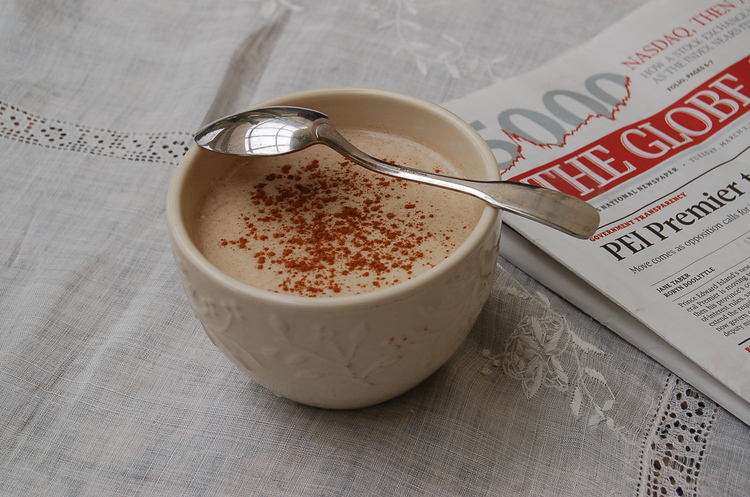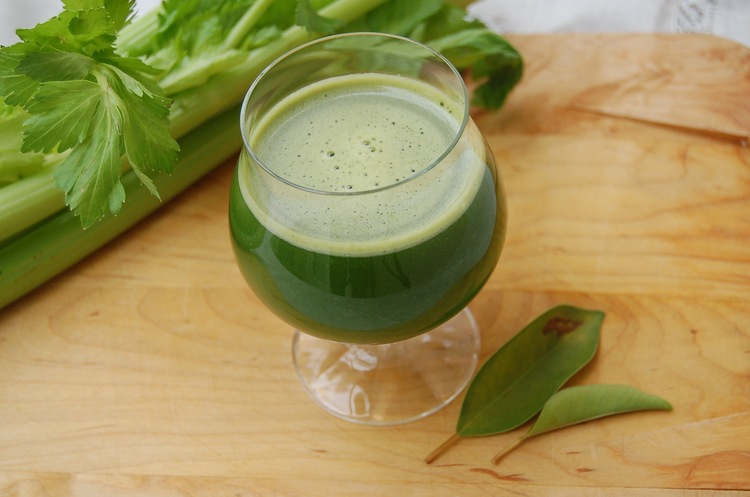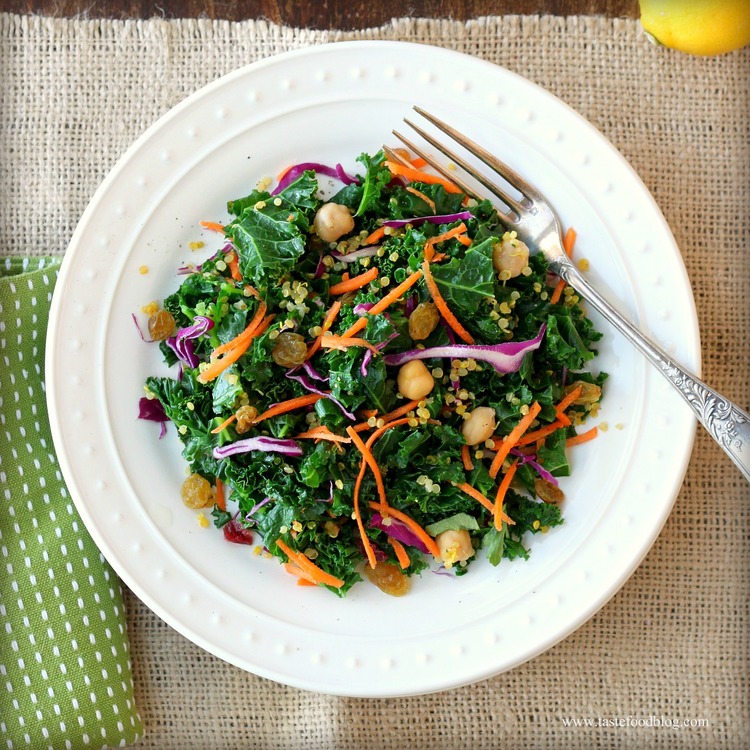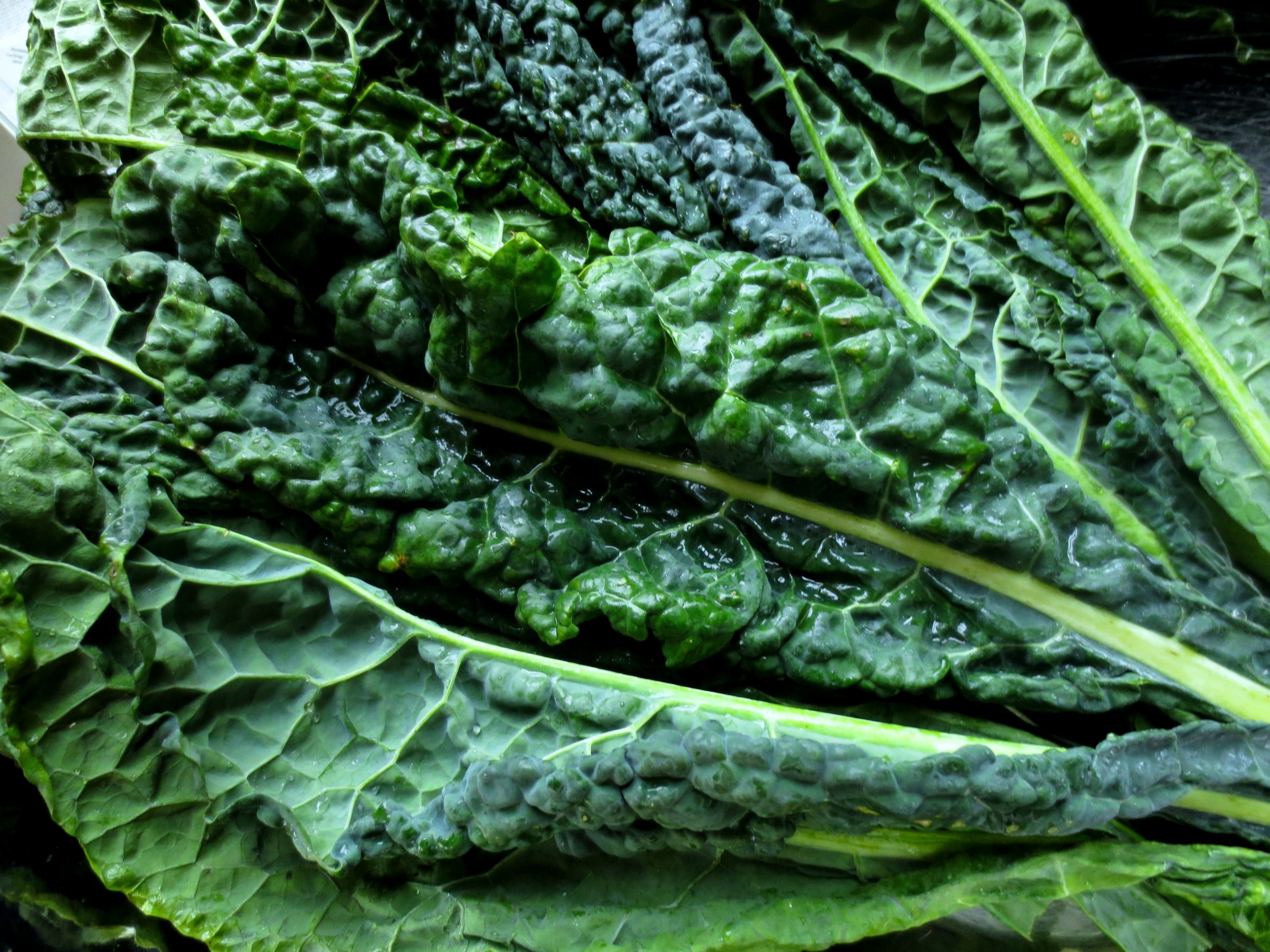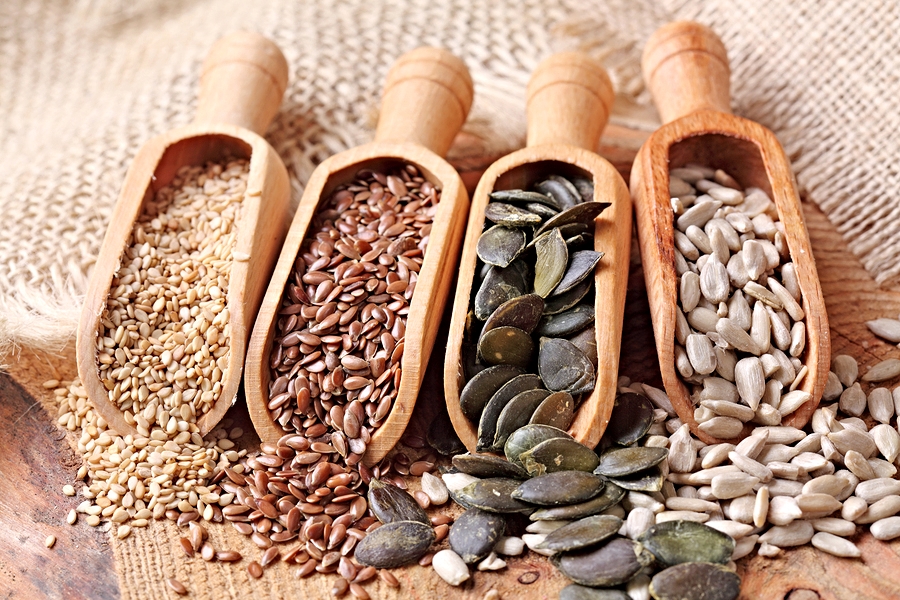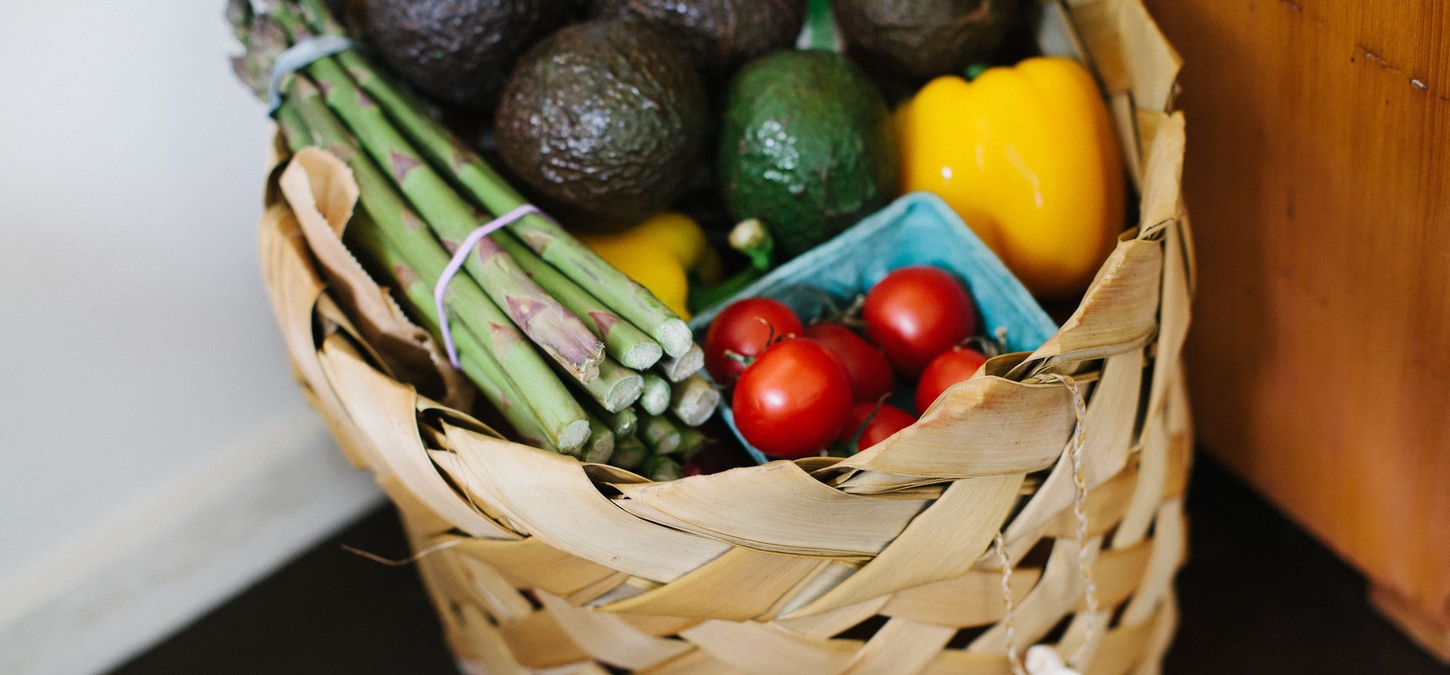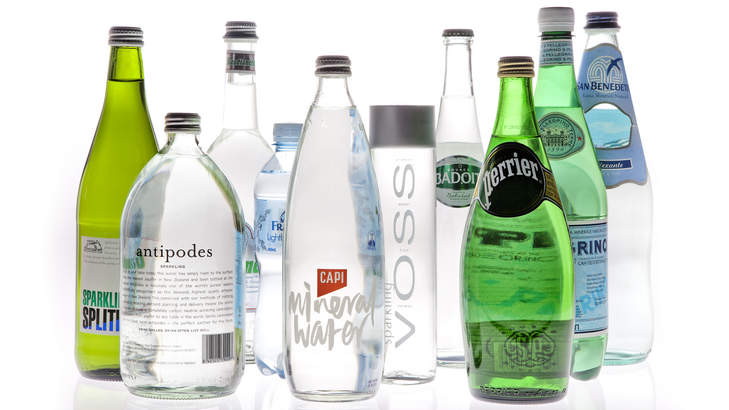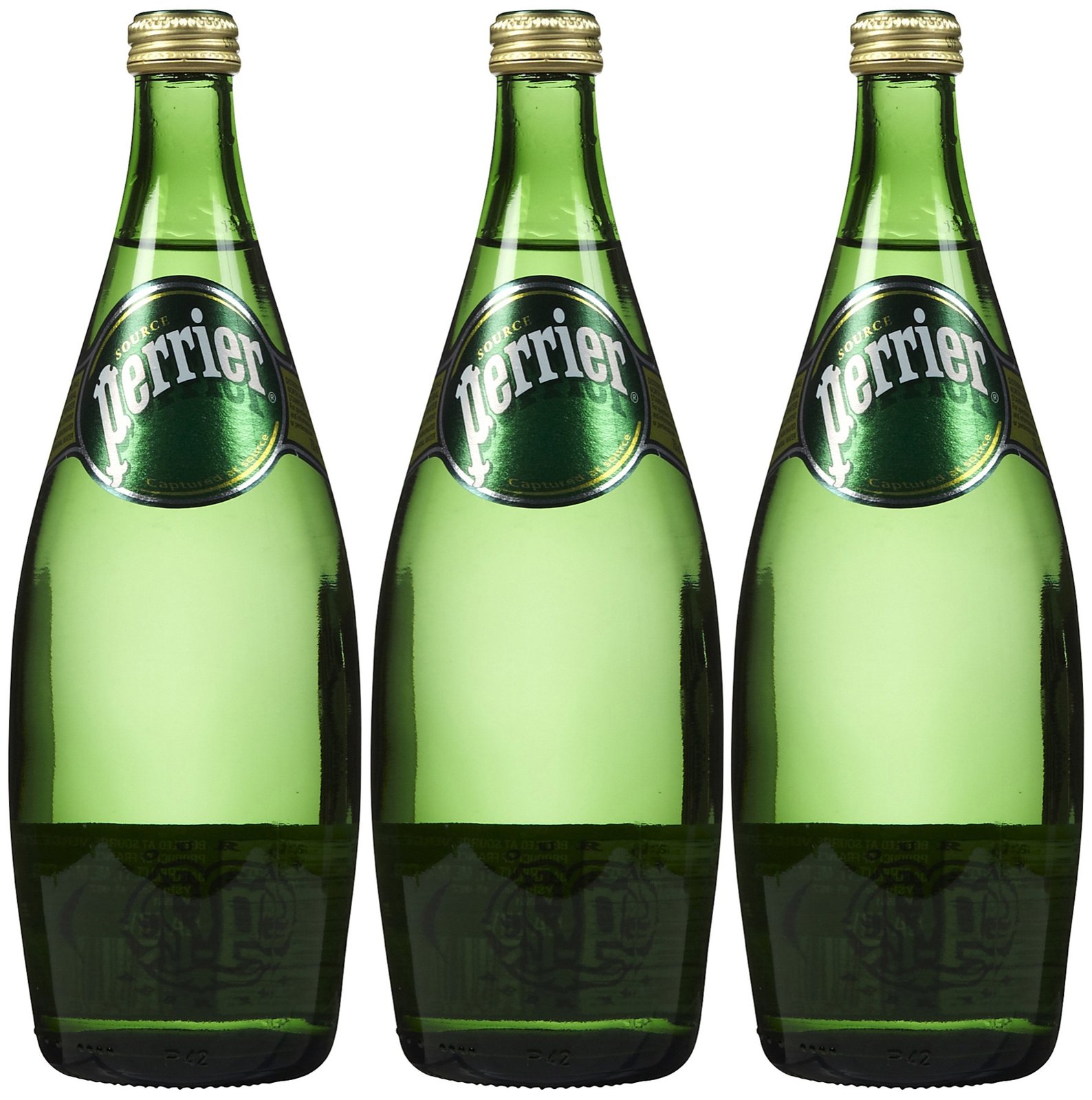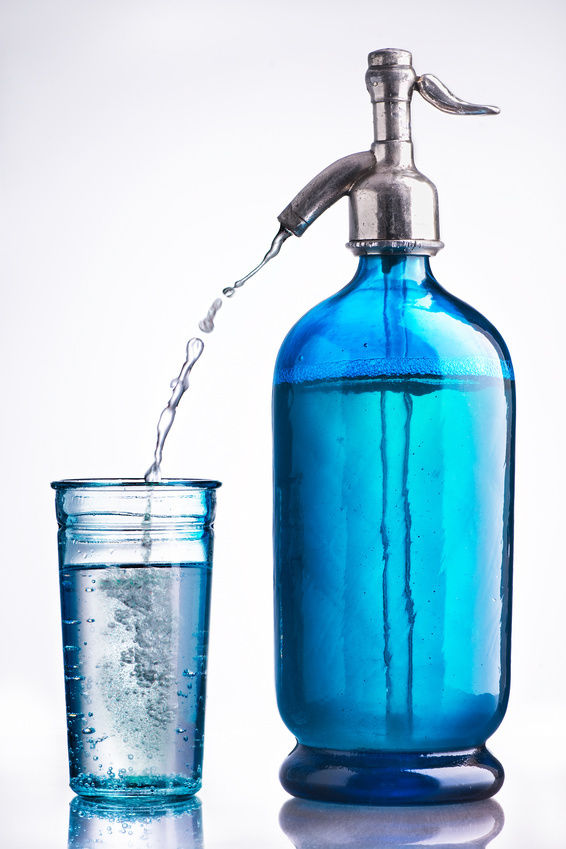PREP TIME: 1.5 - 2 HOURS
I am a self-confessed meal "prepper". When it comes to eating healthy, meal prepping is one of the easiest things you can do to set yourself up for success.
“Commit to the idea of living healthy.”
I started meal prepping over a year ago. Trying to manage a demanding career, staying fit and making time for my loved ones left me falling short in the nutrition department. I was either under/over eating or reaching for not-so-healthy food options like take-out. To help get a handle on my busy life and supercharge my way to eating healthy, I started prepping my meals ahead of time.
Twelve months ago, meal prepping wasn't mainstream. Today, it's a craze that is sweeping the nation. If you take to Instagram (search #MEALPREP) you'll find the handiwork of millions of foodie queens who spend their Sundays prepping meals for the week ahead.
To help get you started, I've broken down 5 meal prep basics and included links to a few of my favourite Brit Beet recipes. All it takes is a few hours in the beginning of the week, and you're set to make your move to clean, healthy eating.
“Buy Proper Supplies > Research > Create Menus > Shop > Prepare & Package > Enjoy!”
1. Stock up on quality food containers.
Try to stick with glass, BPA-free containers.
2. EDUCATE YOURSELF ON THE PRINCIPLES OF EATING CLEAN & HEALTHY
Eating clean and healthy isn't about succumbing to the most recent diet fad(s) or counting calories. But rather, a lifestyle measure designed to properly nourish your mind, body and soul.
“Meal prepping helps you to better understand what you are consuming. Consequently, you start eating less junk and more nutrient-rich foods.”
I am extremely fortunate (and forever grateful) to have the Brit Beet in my life - as my friend, mentor and nutritionist. She's taught me a tremendous amount about food, and my relationship with it.
Some simple rules that I follow - passed down from the Brit Beet:
- Stick to unprocessed, unrefined, whole foods most of the time
- NEVER skip breakfast, and -
- Understand / calculate your daily macronutrient ratio / requirement
There are three major macronutrients that the human body needs in oder to function properly: protein, carbohydrates, and fats.
I'm quite active and workout 5-6 days a week. For the longest time, I was under eating (unbeknownst to me) and - more importantly - not consuming the right amount of protein, carbohydrates and (healthy) fats. My ability to get lean and toned was greatly inhibited, consequently.
Your path to optimal health and wellness is greatly affected to a large extent by the quality, quantity, timing, and ratio of macronutrients consumed on a daily basis. So take the time to better understand what your body needs.... and if you need some help doing so, contact the Brit Beet to book a consult.
3. MAP OUT YOUR WEEKLY EATS & DESIGNATE A MEAL PREP DAY(S)
Know your numbers. Commit.
Every Sunday and Wednesday evening, I prep my lunches, dinners and snacks for the week (breakfast is prepared fresh / daily). Depending on your schedule, the number of meals you prep and day of the week that you prepare them on will vary. Just try to keep to the same same schedule every week as it'll help build good habits and a lifelong routine.
Once you figure out how many weekly meals you need, you'll need to find some healthy recipes to make. Don't forget to chose recipes that will help you reach your goals.
“Meal prepping is the time to research what the ideal foods are for your lifestyle goals. Loosing weight and getting rid of unwanted fat are common motivators for many; however, devoting yourself to eating clean and healthy is the best long-term goal to strive for.”
Here are some of my favourite Brit Beet must-haves / weekly go-to recipes:
4. WRITE DOWN YOUR GROCERY LIST - PICK A DAY TO SHOP
This may seem obvious but meal prep using the remnants in your fridge is a recipe for failure. Make a list of everything you need to make your numbers. Not only will it make shopping and prepping more efficient, but it will also help you save money.
“To start, focus on simple, balanced, healthy meals. The more complicated recipes you choose, the less inclined you will be to stick with it. ”
Here are the basic building blocks of my grocery list and practically every meal I prepare:
- Start with a leafy base: kale, spinach, collard greens, micro-greens, etc.
- Add protein: chicken, fish (salmon, trout, mackarel), quinoa, chickpeas / beans / lentils
- Add some crunch: walnuts, almonds, sunflower seeds, pumpkin seeds
- Don't forget the veggies: sweet potato, asparagus, broccoli, cauliflower, brussell sprouts
- And additional super healthy fats: nuts, avocado, olive oil, coconut oil
- Finally, spice things up with a little flavour: lemon, mixed herbs (basil, parsley, coriander), ginger, garlic, spices
For additional carb options, I usually reach for oats, brown rice, or wild rice.
5. GET COOKING (AND PACKING!)
Once you're organized with recipes and ingredients on hand, meal prep is a breeze. I'm an early riser so I hit the kitchen first thing Sunday morning and spend ~2 hours cooking and packaging my food.
“Meal prepping is amazing for anyone looking to lose weight, reset bad eating habits or just eat really well on a busy schedule. ”
Helpful tips >
> Meal prepping everything on Sunday (one day a week) can be overwhelming. I split my meal prep into 2 days a week (Sunday & Wednesday) as it keeps my meals interesting and allows me to enjoy the freshest ingredients possible. It also cuts down on my session length. Find the day(s) that work for you.
> For breakfast, an egg white veggie omelette and steel-cut oatmeal (+ flax or chia seed) is always on the menu. The one drawback to oatmeal is its prep time, so I've taken to making "over night" oatmeal. I combine all the ingredients in a pot (+ a dash of cinnamon), bring to boil for 2 minutes and then let sit (covered) overnight on the stove top. In the morning, you'll wake up to the most delicious, creamy oatmeal ever. I fill my mason jars for the week and I'm ready to go!
> Don't forget to pack healthy snacks, too. It'll help reduce the urge to grab a bag of chips or any other junk throughout the day. My favourite snack items include: protein pancakes (made with Vegan protein powder), kefir + granola, mixed nuts + seeds, chia pudding + berries, 1/2 avocado + lemon, veggies + hummus, and Old Fashioned Oat Bars.
Enjoy. Experiment. Explore. Get inspired.
Meal prepping is for everyone - from time starved professionals to busy moms, to people who are looking for a sustainable way to eat healthier.
“Eating clean and healthy doesn’t mean you can’t indulge every once and awhile. Make one day a week a cheat day. You deserve it!”
xx, Sue
